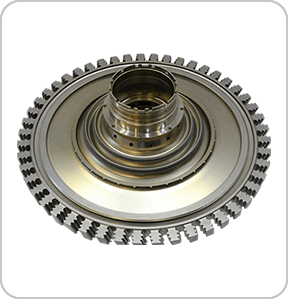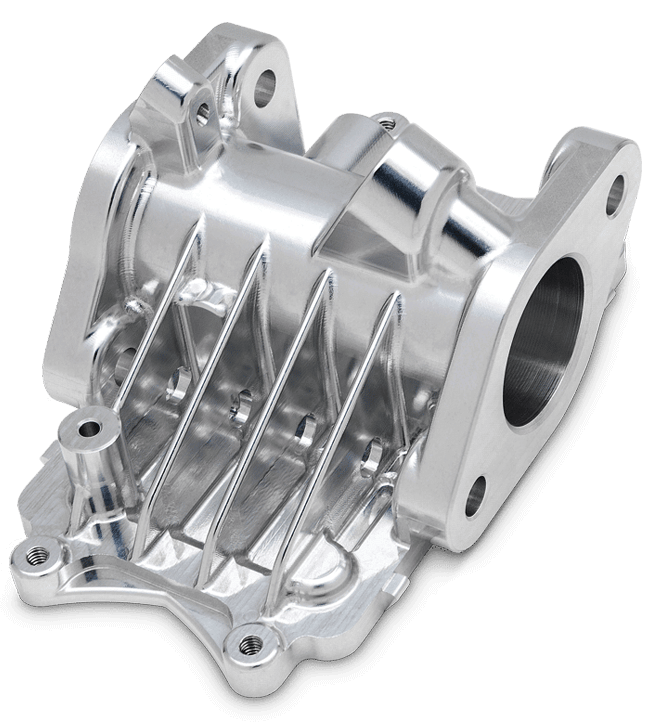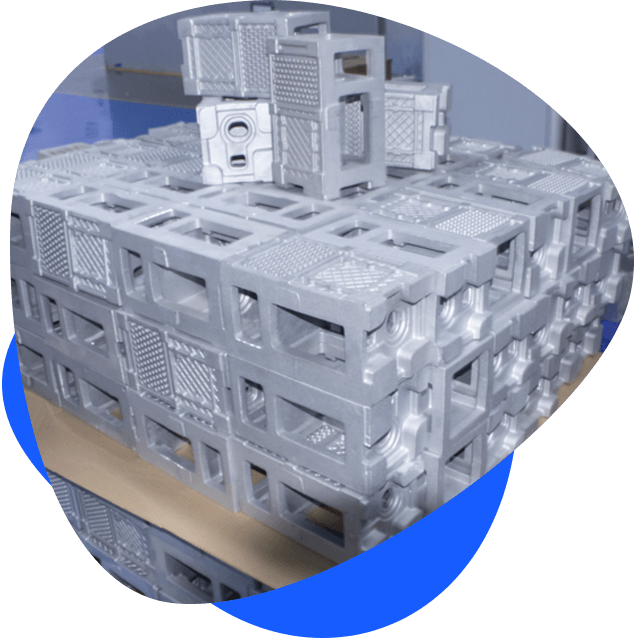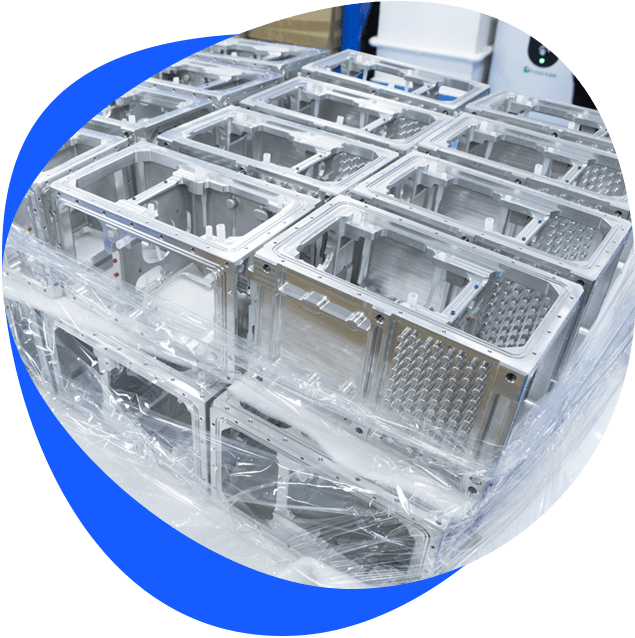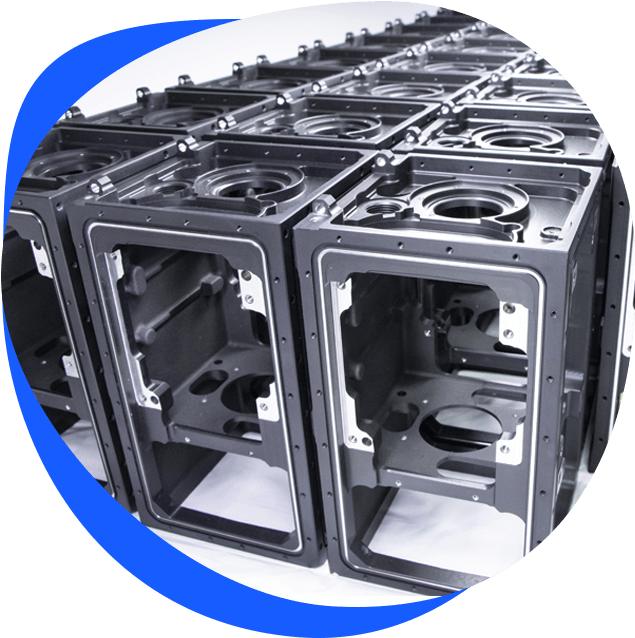We manufacture your custom parts according to strict manufacturing standards and ensure all parts and processes adhere to the Xavier Standard. A thorough verification of these requirements is included in our inspection report that we ship with every order.
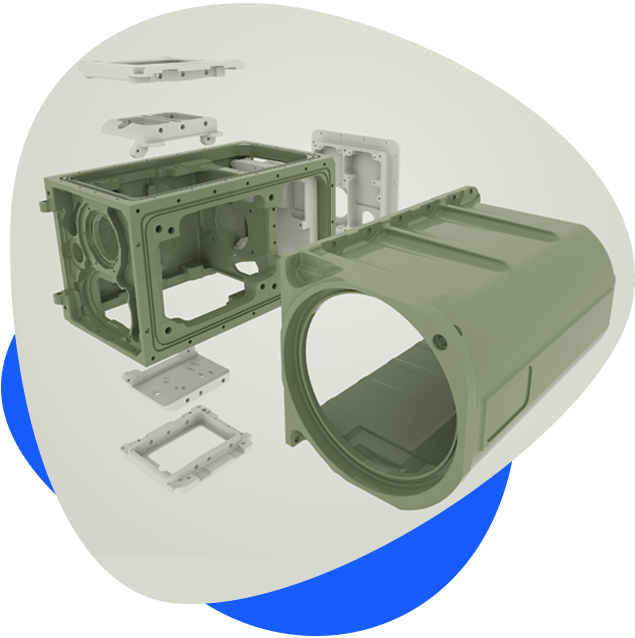
Provide you with excellent design
We provide one-stop solutions for R&D and production of new projects to help you speed up the project implementation cycle and provide optimal parts structure suggestions based on needs to reduce costs and increase efficiency. The products are repeatedly verified using experimental data such as theoretical mechanics, material mechanics, elasticity mechanics, plasticity mechanics, fluid mechanics, thermal science, and tribology theory.
- Product demand research
- On-demand design and development
- Support MEM&ODM
- Structural engineer door-to-door service

